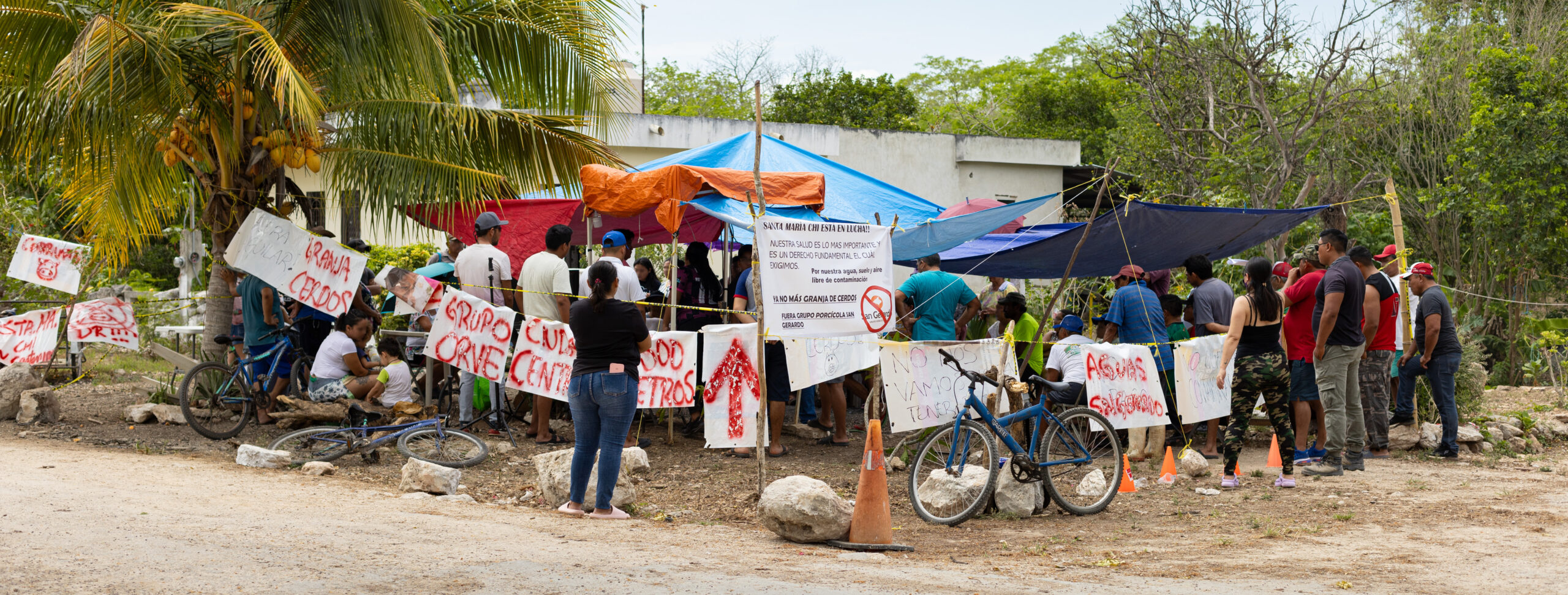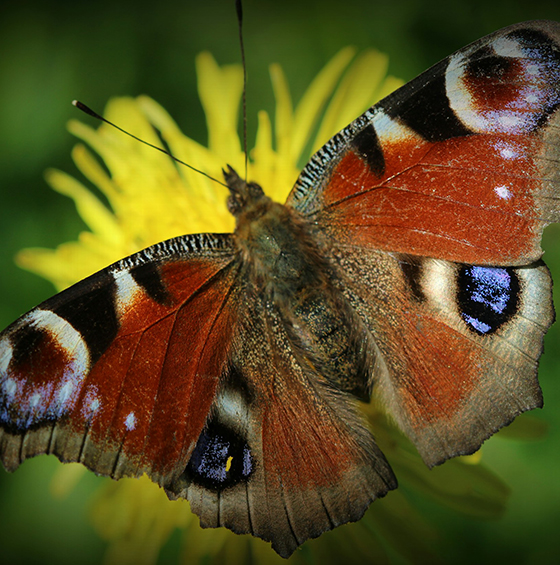In 2023, Brighter Green launched the Animals and Biodiversity Reporting Fund to educate and support journalists producing stories on the multiple negative consequences of large-scale animal agriculture, for publication in news outlets around the world in English and other languages. Our aim is to inform and shift public narratives and understanding as well as policy and practice. The COVID-19 pandemic illuminated a crucial need for stronger, savvier, and more nimble media and communications infrastructure to bring animal welfare, rights and justice perspectives to mainstream media (whether for-profit or non-), as well as policymakers, the private sector, and public deliberations in the U.S. and globally.
Despite the very likely spread of the pandemic in the wildlife trade and a market selling a variety of wild animal species, plus the huge zoonotic risks animal agriculture poses (see avian flu in the U.S. right now), we see many examples of “business as usual.” The raising and slaughtering of billions of land animals and trillions of fish for food is continuing and, in many parts of the world, only growing. New efforts at greenwashing are underway, such as meat-processing giants’ “net zero” greenhouse gas emissions (GHGs) plans that don’t include decreasing production, and the beef industry falsely claiming only small GHG reductions if the U.S. adopted a vegan diet.
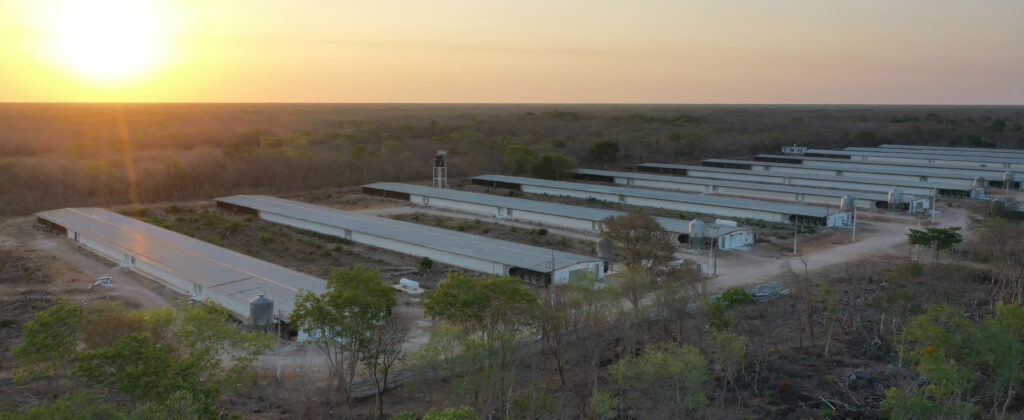
This development is taking place as if solid documentation didn’t exist that animal agriculture is a key driver of some of the most urgent global and local challenges—biodiversity loss, deforestation, global heating, soil erosion, intensifying pressures on land, water, and wildlife, and marine pollution and species extinction. And workers experience high rates of injury in processing plants, severe health risks (COVID hit slaughterhouse workers disproportionately), and little autonomy. Communities located near factory farms or processing plants often experience a range of injustices: stench, flies, contamination of land and water. All of this can be intensified when heavy rainfall and flooding hits—more common with climate change.
At the same time, media outlets are more open to “animal issues” due to the work of scholars, advocates, organizations, and individuals over several decades. The mainstream media talks more often to advocates and scientific and academic experts about the well-being and rights of domesticated and wild animals than in the past and publishes more of this reporting, too. In addition, the “frame” of social, ecological, and climate justice provides a further opportunity both for more coverage and new voices, perspectives, and expertise to break through. A window is open, now, to promote “new stories” and deeper journalistic engagement in narratives that already have begun to capture the public imagination.
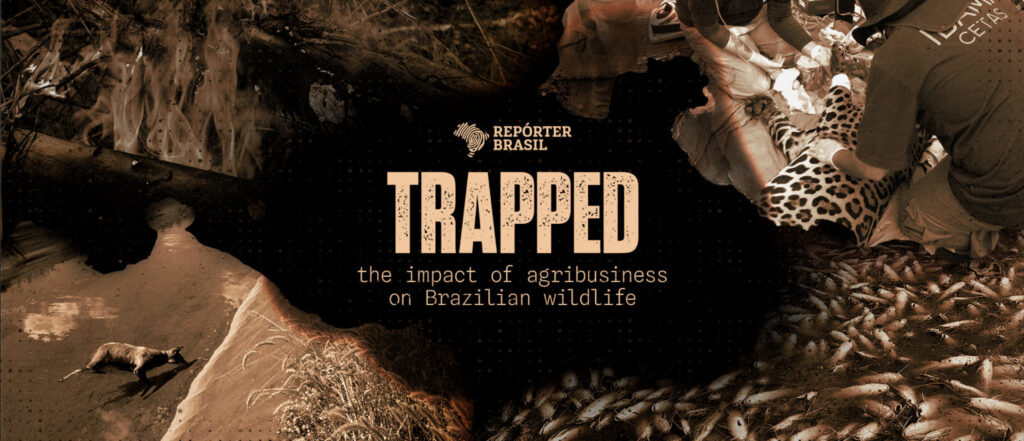
It’s in this context that Brighter Green has been providing support for journalists to report, write, and publish important new stories, along with short, professionally-produced, video documentaries. As with most of our work, our priority is on the Global South (or Global Majority) Recent examples include:
- Exposing criminality and pollution caused by intensive chicken and pig farms in the Yucatán, Mexico (published in many Spanish-language media in Mexico and Argentina and in English in the Guardian). The story got strong readership with more than 100,000 readers soon after publication on the Guardian website, and the Guardian is open to partnering with us in the future (2024);
- A two-part video and text exposé of gun-running, drug-smuggling, land-grabbing, and threats to Indigenous people associated with deforestation and beef production in the Colombian rainforest (2024);
- A six-part text and video story about negative consequences for endangered species in the Brazilian Amazon due to animal agriculture, produced by Repórter Brasil (2024), whose coordinator, Marcel Gomes, was a winner of the prestigious 2024 Goldman Environmental Prize. He won for coordinating a complex, international campaign that linked beef from JBS to illegal deforestation in Brazil’s most threatened ecosystems that led to six major European supermarket chains halting indefinitely sales of JBS products. Brighter Green nominated him for the prize.
- Independent journalist Sophie Kevany dove into new UN data on animal agriculture and greenhouse gas emissions that seemed to suggest emissions were lower than anticipated. Kevany reported on researchers’ concerns about the data and reinforced the realities of factory farming for a U.S. and global audience in Vox (2023). This article was cited widely by animal and environmental protection groups and included in several food and climate media compilations with large subscriber bases.
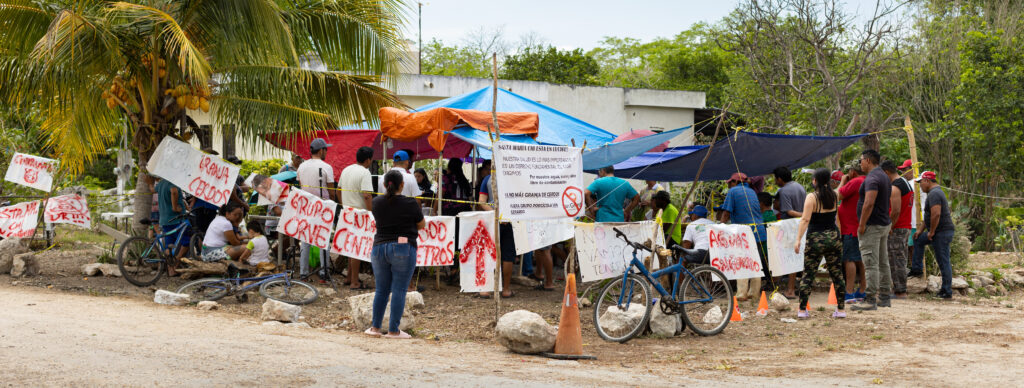
Up next is another collaboration with Repórter Brasil and the Bureau of Investigative Journalism on a compelling, under-reported issue at the intersection of global finance and local impacts of agribusiness (we can’t say more yet since the reporting is underway) and possible stories in Costa Rica and Colombia. We’re also developing a project to educate and engage U.S.-based journalists to improve public narratives around food, agriculture, and climate, including increased coverage of the topic, fighting industry misinformation, and elevating stories about biodiversity, farmed animal protection, and just transition. Please stay tuned for more on this.

